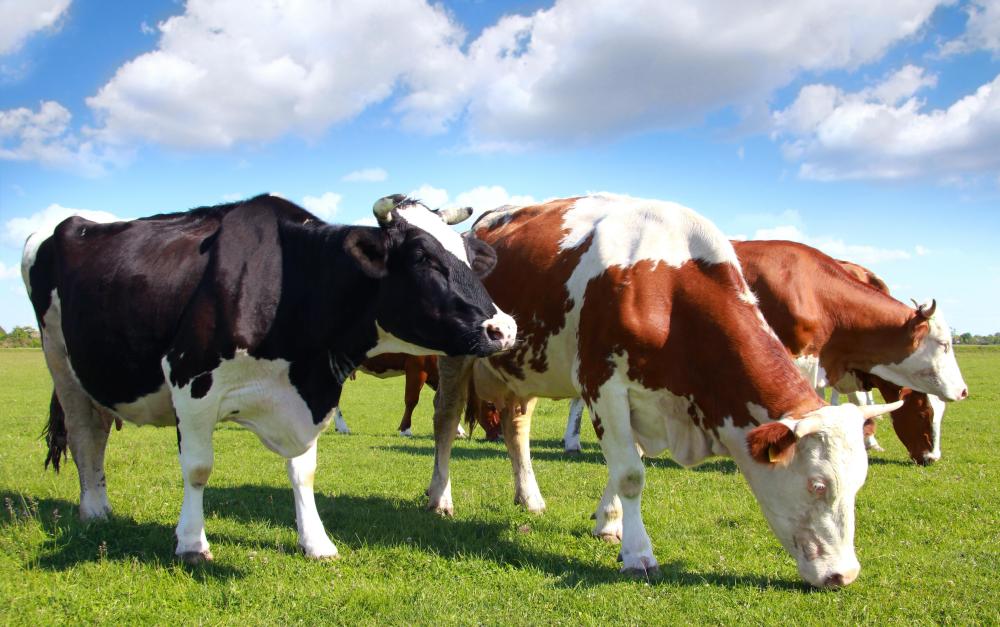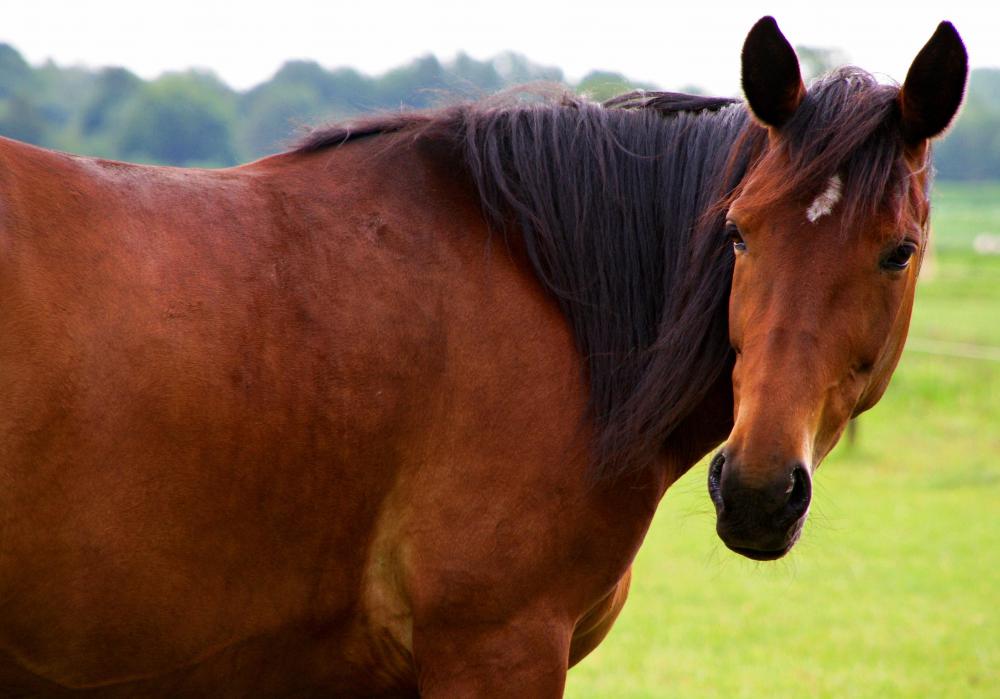At HomeQuestionsAnswered, we're committed to delivering accurate, trustworthy information. Our expert-authored content is rigorously fact-checked and sourced from credible authorities. Discover how we uphold the highest standards in providing you with reliable knowledge.
What is a Cross Fence?
Cross fences are fences installed inside a perimeter fence to divide a grazing area into two or more separate paddocks. The cross fence is central to management-intensive grazing (MiG), a livestock farming method characterized by rotation of stock among multiple paddocks to allow the forage crop and the soil to rest. The cross fence also enables the farmer to segregate livestock by age, sex, breeding status or other factors.
Rotating the herd among multiple paddocks prevents overgrazing and uneven grazing. Horses in particular tend to graze selectively — focusing on certain favored spots to the exclusion of others. The resulting bald patches reduce available forage and invite intrusion by weeds and other noxious plants. Meanwhile, forage in neglected areas ages excessively, becoming less palatable and losing nutritional value.

Installation of cross fencing enables the farmer to work different areas individually. The farmer can mow or apply fertilizers or weed killers only to certain areas. A cross fence is also useful in preventing access to areas not suitable for grazing, such as ponds, orchards or stands of undesirable plants.
MiG farming strives to maximize the use of available land. A cross fence can make it possible to set aside an area for hay production. This practice reduces the cost of feeding the herd in winter when the forage crop is dormant. The creation of separate paddocks makes this possible. Similarly, a farmer can seed selected areas with premium forage crops, restricting grazing in these areas to a few hours a day or to every other day.

It can also be useful to allocate forage access according to the nutritional status of various members of the herd. For example, establishing a cross fence can make it possible to introduce individuals with higher nutritional needs to a fresh grazing area ahead of the full herd. This allows those animals to graze without competition from others in the herd.

At the age of three or four months, nursing provides only about half of growing calves’ nutritional requirements. If the calves are to reach their full potential, the stockman provides feed and other supplements in special creep feeders that allow the calves — but not the cows — to access the additional feed. A cross fence can allow the calves to creep graze. A fence that is tall enough to permit calves to pass but low enough to keep out adult animals makes it possible for the calves to access additional forage while still protecting the paddock from overgrazing by the full herd. Studies have shown striking increases in weight gains by calves that are permitted to creep graze an alternate forage crop such as pearled millet.
MiG sometimes dictates the removal of animals from grazing areas altogether. For example, allowing cattle or horses onto muddy pasture compresses the soil. This damages plant root systems and causes rain to run off instead of soaking into the soil. Similarly, allowing livestock access to paddocks when forage is dormant results in trampling of the soil and damage to root structures.
A cross fence allows the farmer to establish a sacrifice area in which animals can be confined when the forage crop is dormant or the ground is muddy. MiG ensures the best use of available acreage, boosting livestock health and growth rates while minimizing feed costs. Cross fencing is a valuable tool to stockmen pursuing this farming method.
AS FEATURED ON:
AS FEATURED ON:













Discuss this Article
Post your comments